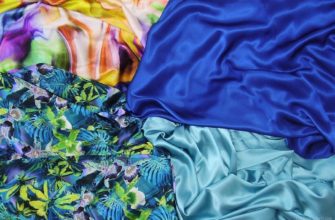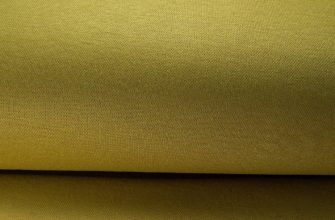A thin translucent fabric that amazingly combines weightlessness and tenderness with a sharp and hard texture is called organza. It is used to make outfits for various events, stylish interior items and excellent theatrical costumes.
- History of the emergence and origin of the name
- How Organza is Made
- Description of fabric: composition, properties, characteristics
- Scope of application
- Handicrafts and organza
- How to properly care for organza products
- How to extend the life of organza products
- Advantages and disadvantages
- Veil or organza: what to choose
- Reviews
History of the emergence and origin of the name
The fabric was brought to Europe from the East. This event took place at the end of the 18th century. The main component for the production of the fabric was tightly twisted natural silk fibers. The manufacturing process was very long and labor-intensive, since it was very difficult to process and obtain high-quality threads. At that time, only very wealthy people could afford such textiles.
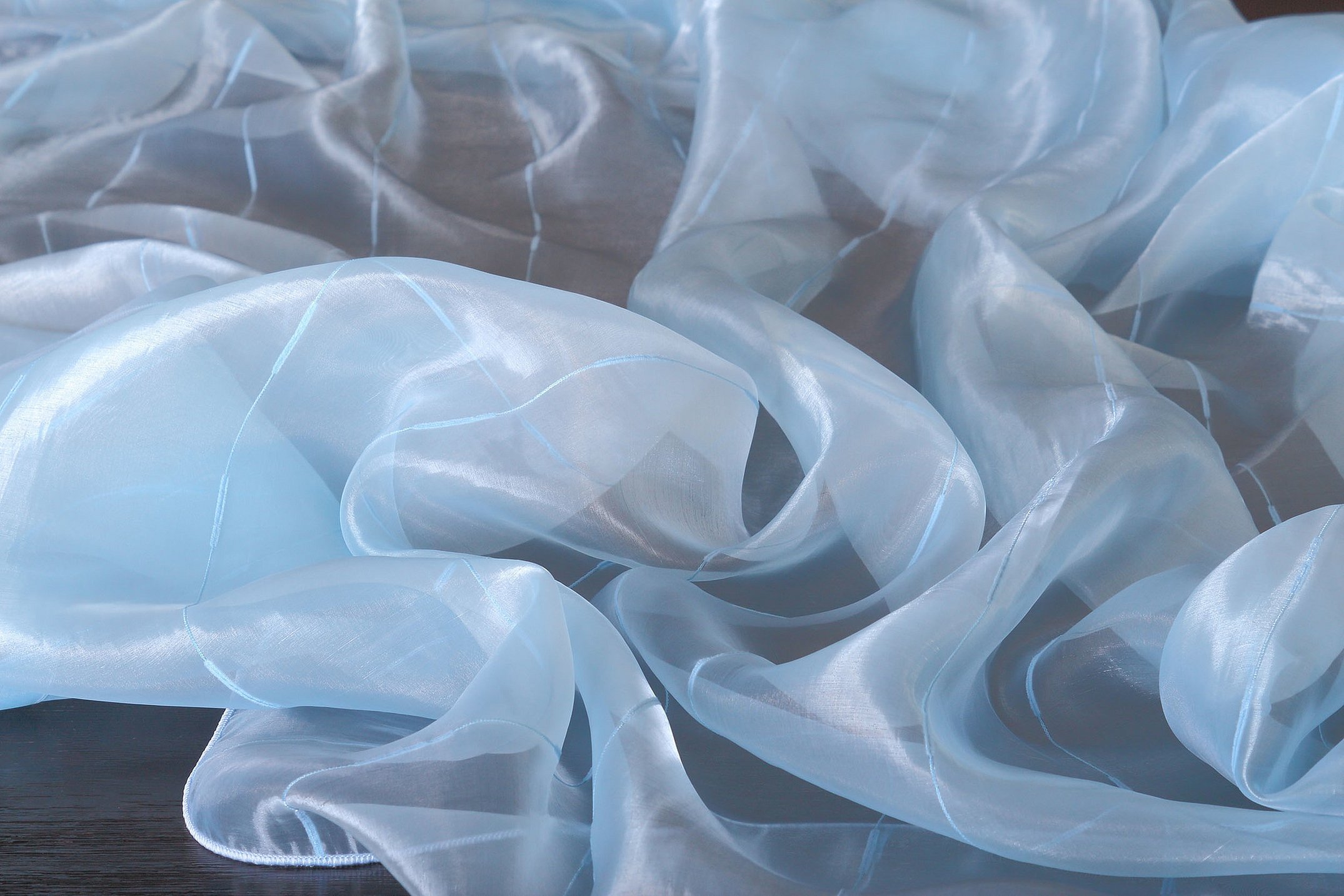
Unfortunately, the exact origin of the material's name is still unknown. There are two versions:
- It is believed that the first samples of the fabric were brought from the Uzbek city called Urgench, where a textile factory was located. Its name was modified into organza.
- The second version - the production of rigid transparent fabric, which later became known as organza, was carried out by the American brand Logranza. The fabric was named in accordance with the brand name. After its appearance, people, buying the fabric, often asked - organza or arganza - which is more correct. After that, the fabric received an official name.
Nowadays, this material has become available to all segments of the population.
Please note! It was only possible to reduce the cost of the fabric as a result of the appearance of polyester fibers. At the same time, the original properties of the fabric were preserved.

How Organza is Made
Organza fabric is made from thin, tightly twisted threads. During the production process, specialists carefully monitor the quality of raw materials. All fibers with defects are rejected and not allowed into production.
The organza material can be matte or shiny according to the technology of processing raw fibers. The material acquires shine due to the additional organic fibers.
Description of fabric: composition, properties, characteristics
Organza is a thin and at the same time rigid fabric. In its production, materials such as silk, viscose and polyester are used. Only very thin threads are selected for the production of the material, which seem almost transparent.
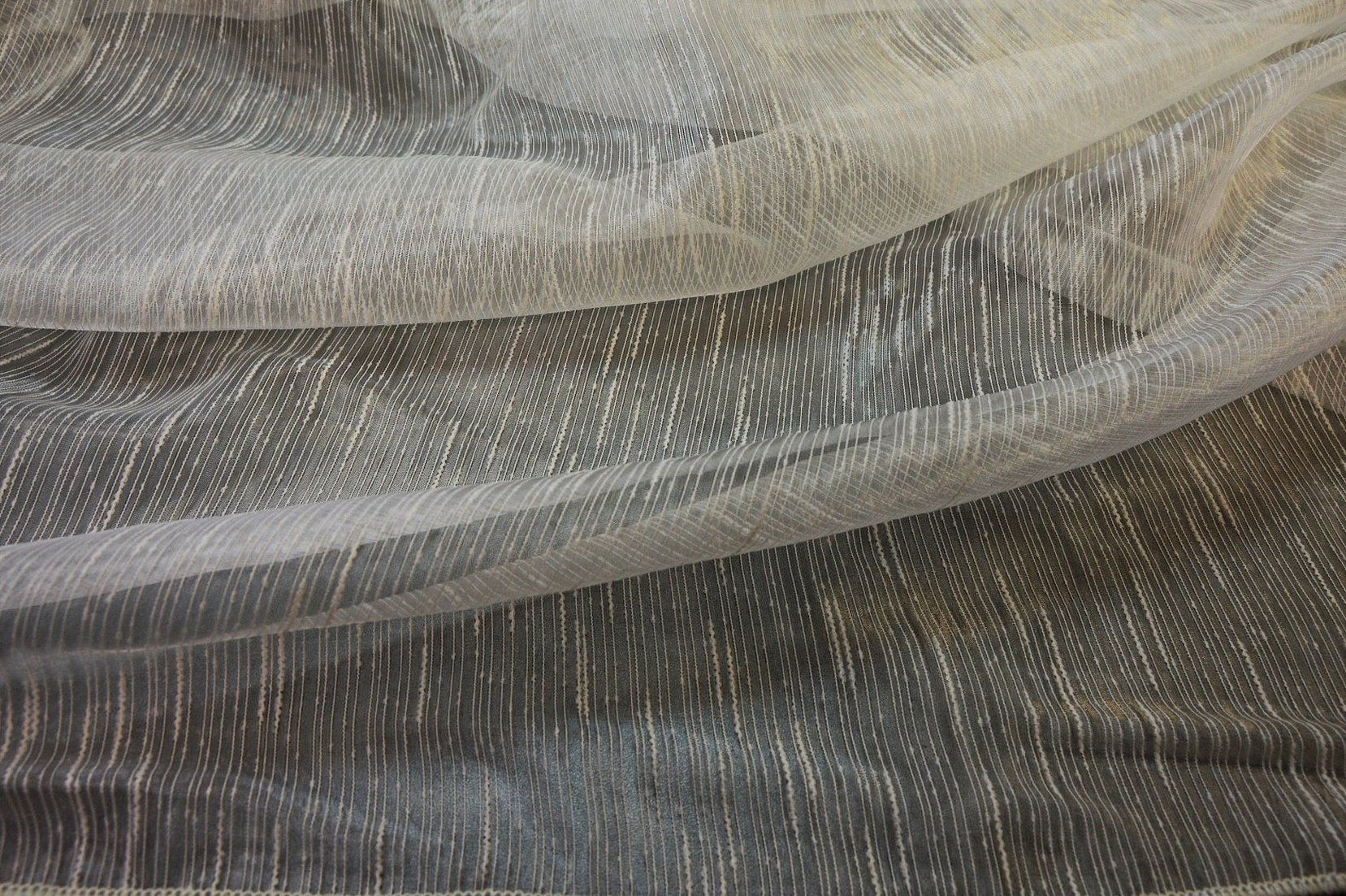
After joining, the fibers undergo mandatory strength testing and additional processing, which gives shine.
To understand exactly what organza is, you need to imagine a transparent, rigid, elastic and at the same time airy and beautiful fabric. It is highly durable, does not wrinkle and holds its shape perfectly.
The chemical composition of the fibers used in production determines the properties of the fabric. Accordingly, such characteristics of the material as transparency, wrinkle resistance, strength, and resistance to external factors are distinguished.
Scope of application
It is impossible to meet a person who has never seen organza, many people know what kind of fabric it is. After all, it covers many areas of application. It is used to create airy and space-expanding curtains, tulles and lambrequins. Wedding and evening dresses, outfits and theatrical costumes are sewn from it. Almost no hall decor can do without this material.
The wonderful bows that adorn the hair of school graduates are also made of this textile. It is also used to create lampshades for chandeliers, lamps, formal covers for armchairs, chairs and sofas. Canopies for beds are also sewn from this material.
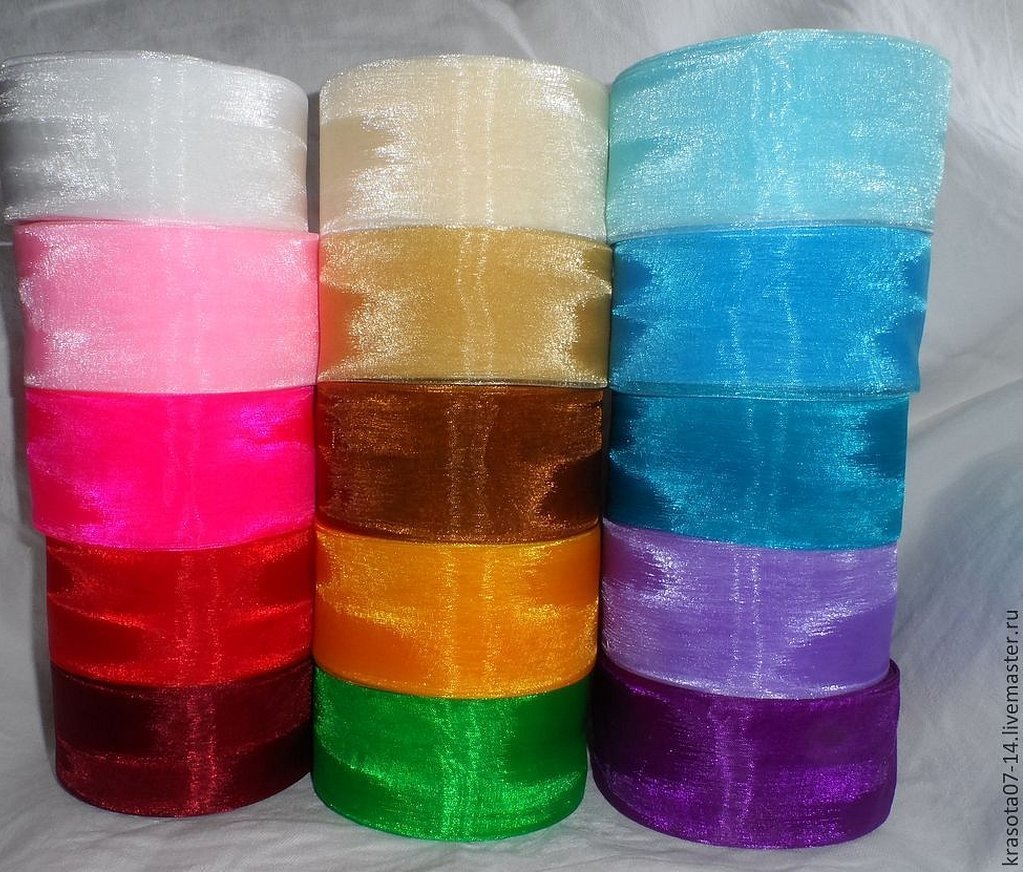
Handicrafts and organza
Every needlewoman has an idea of organza, what it is and how to use it, many also know. With its help, the most creative ideas are realized. Basically, the following is made from it:
- packaging bags;
- bows and ribbons for gift wrapping;
- butterflies and flowers for interior decoration;
- topiary.
Natural organza is used in handicrafts almost everywhere, as this fabric is capable of giving a unique charm to any product. Even in knitting, textiles are used as decoration for products.
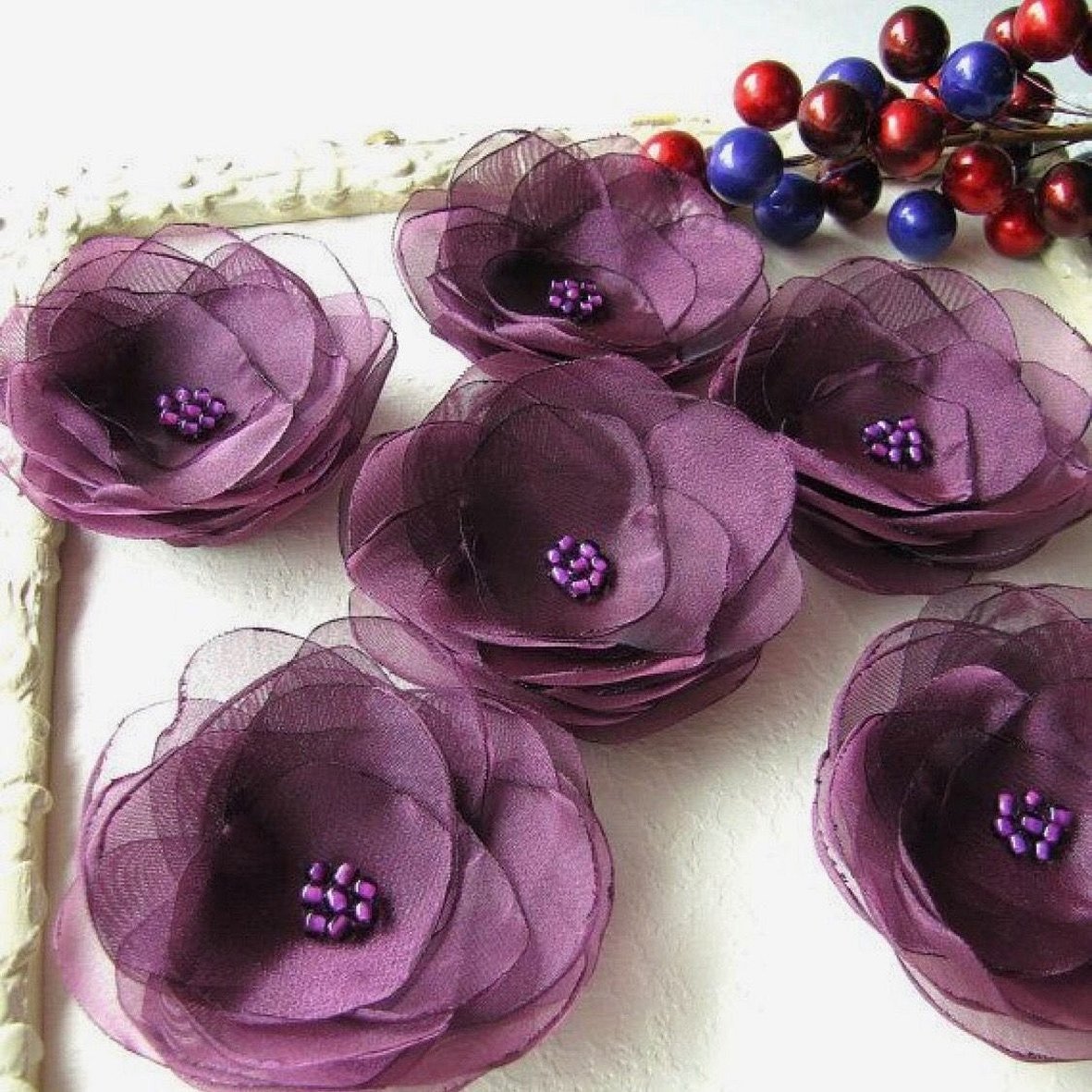
How to properly care for organza products
According to the descriptions and characteristics of the material, it is very easy to care for. But despite this, the following nuances should be taken into account:
- It is recommended to wash the product only on a delicate cycle at a temperature not exceeding 40 degrees;
- if the product contains sequins, beads or other elements, then only hand washing is allowed;
- It is strictly forbidden to twist or squeeze the products too much;
- for washing, it is best to give preference to low-foaming detergents;
- It is prohibited to use compounds containing chlorine, as they lead to the destruction of fibers;
- It is necessary to rinse the products several times;
- The items should be dried in a straightened form and ironed with special attachments for delicate fabrics.
The recommendations on the product label must be followed. In this case, it will look attractive for a long time and will not lose its original appearance.
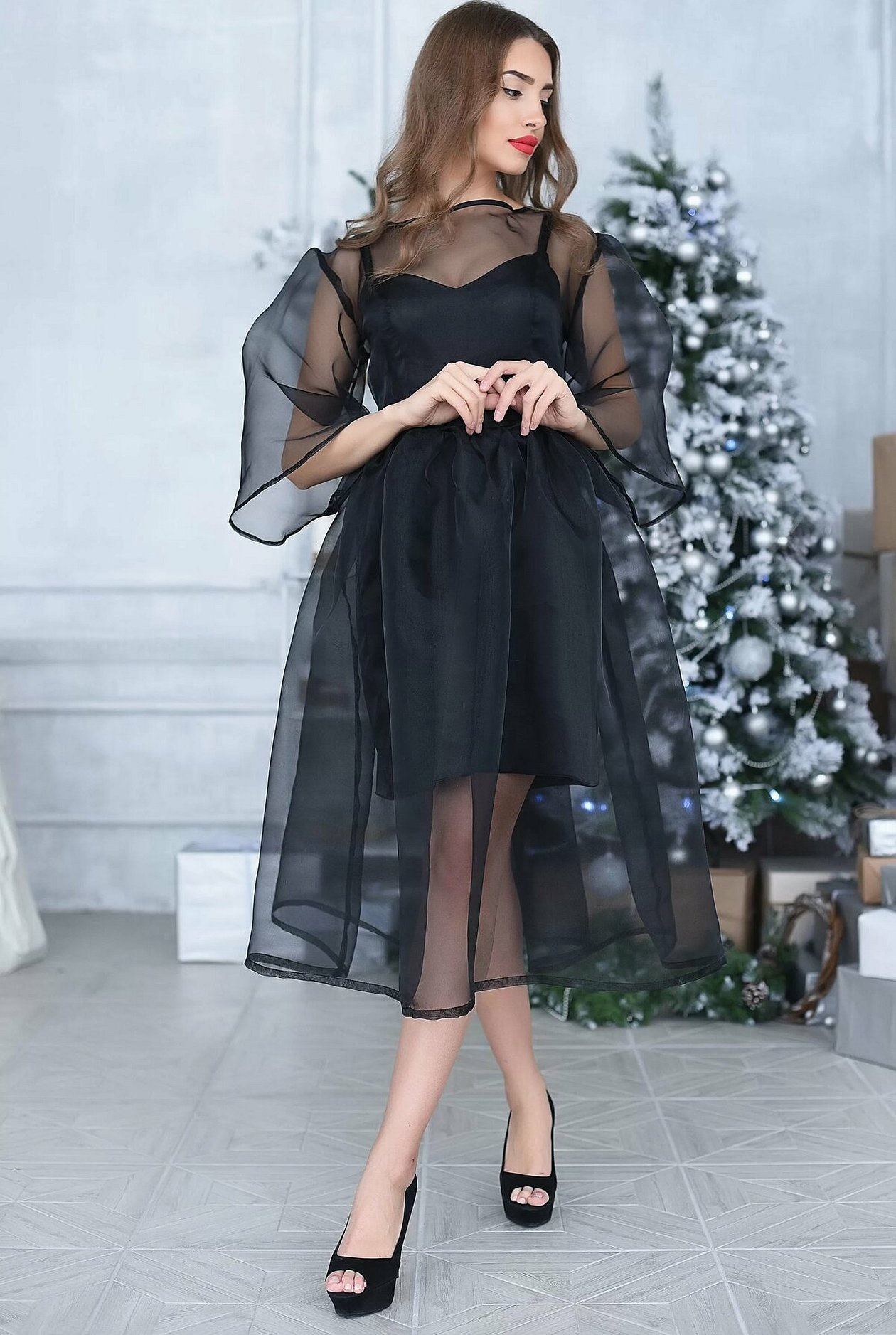
How to extend the life of organza products
Almost everyone knows what organza looks like. Those who buy products made from this material want to preserve their original appearance as long as possible. This can be done if you follow basic rules during use.
It is best to wash items in special bags made of cobweb or light mesh.
Please note! After washing, it is recommended to try to avoid ironing, as the items will smooth out under their own weight.
It is strictly forbidden to use aggressive detergents.
In most cases, following these rules helps to maintain the attractiveness of the fabric for a long time.
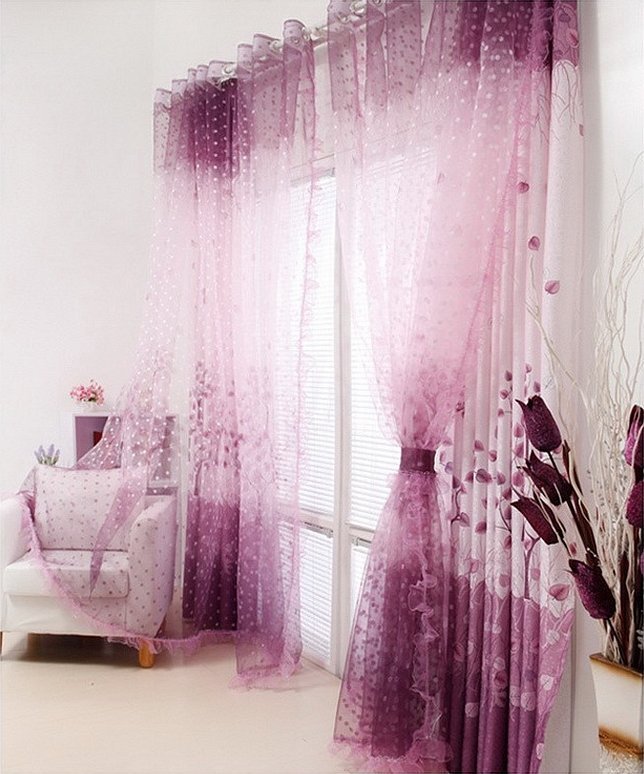
Advantages and disadvantages
Externally, the textile is very similar to tulle, but the material is denser. The main advantages of this fabric:
- attractive appearance;
- ease;
- strength;
- lack of tendency to deformation;
- unpretentiousness;
- rigidity;
- density.
As for the disadvantages, the only thing that consumers do not like is the transparency of the material. But if we consider this textile as a curtain on the window, then transparency can be considered an advantage.
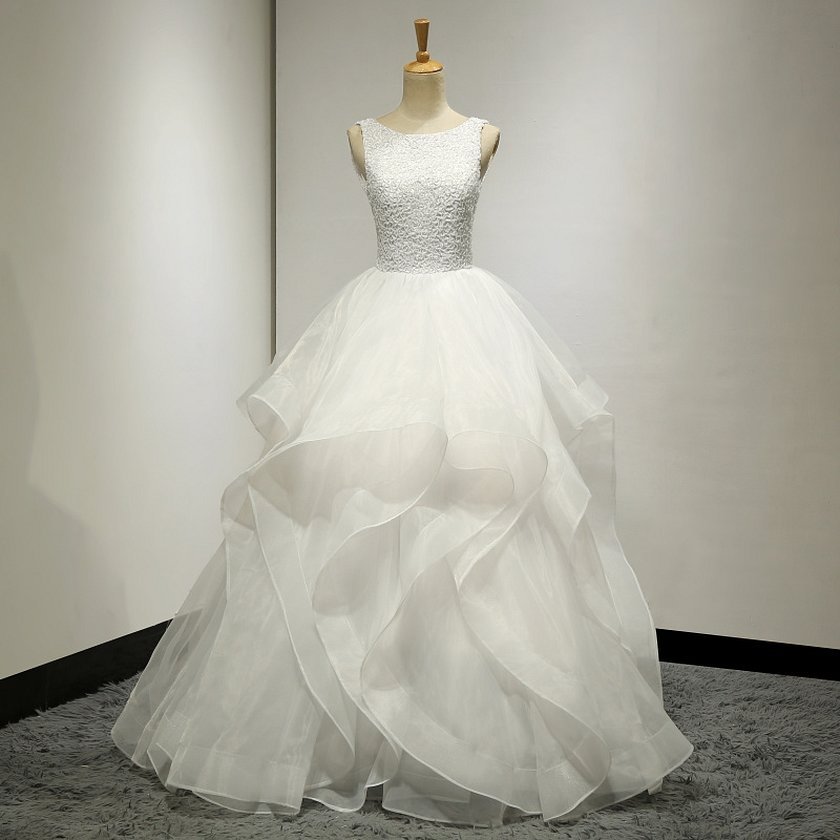
Veil or organza: what to choose
Often when buying products or materials, people ask themselves what is better: organza or veil. It is impossible to answer this question unequivocally. Everything depends on the situation.
As for clothing, in this case, a veil looks better. This is explained by the fact that it is not so transparent and flows well around various shapes. As curtains for windows, this material also looks more advantageous, as it creates a light atmosphere.
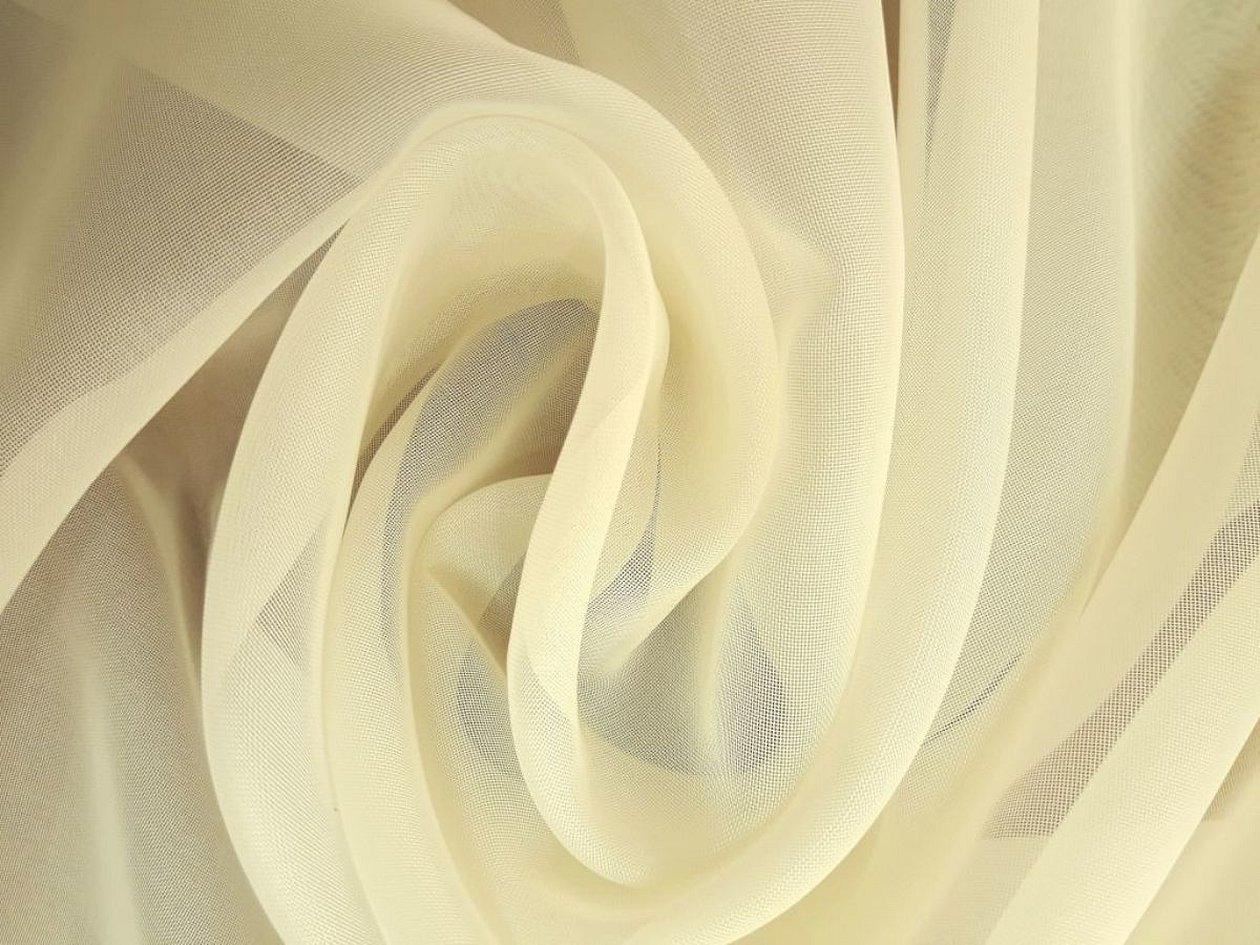
In both fashion and interior design, organza is a material for amateurs. It is perfect for creating practical and durable curtains.
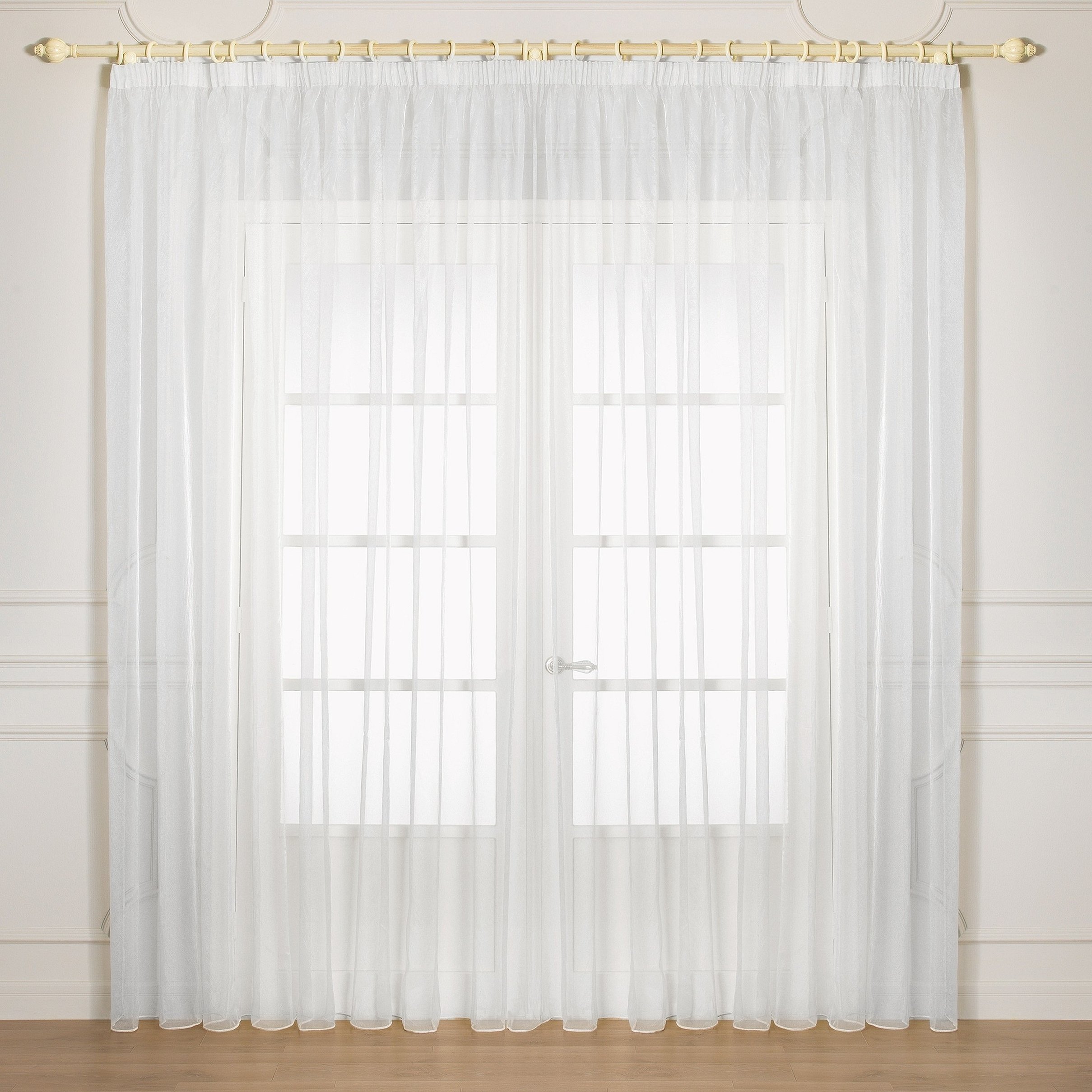
Reviews
Oksana, 39 years old, Novosibirsk
"I bought several meters of organza for a kitchen curtain. I really liked the material, it has absolutely no creases or defects. The curtain turned out light and weightless. The appearance did not change even after numerous washes."
Natalia, 28 years old, Saint Petersburg
"The fabric is very light and beautiful. I had to choose between black organza or voile. I chose organza and have never regretted it. It is easy to sew, practically does not wrinkle and retains its appearance even after long-term use."
Alisa, 42 years old, Moscow
"I am a professional decorator of halls for various celebrations. Over the long period of my activity, I have tried many materials, such as nylon, polyester, veil and other synthetics. But I have not found anything better or more attractive than organza. This material looks great, creates an atmosphere of lightness and ease. Now I use only this fabric."
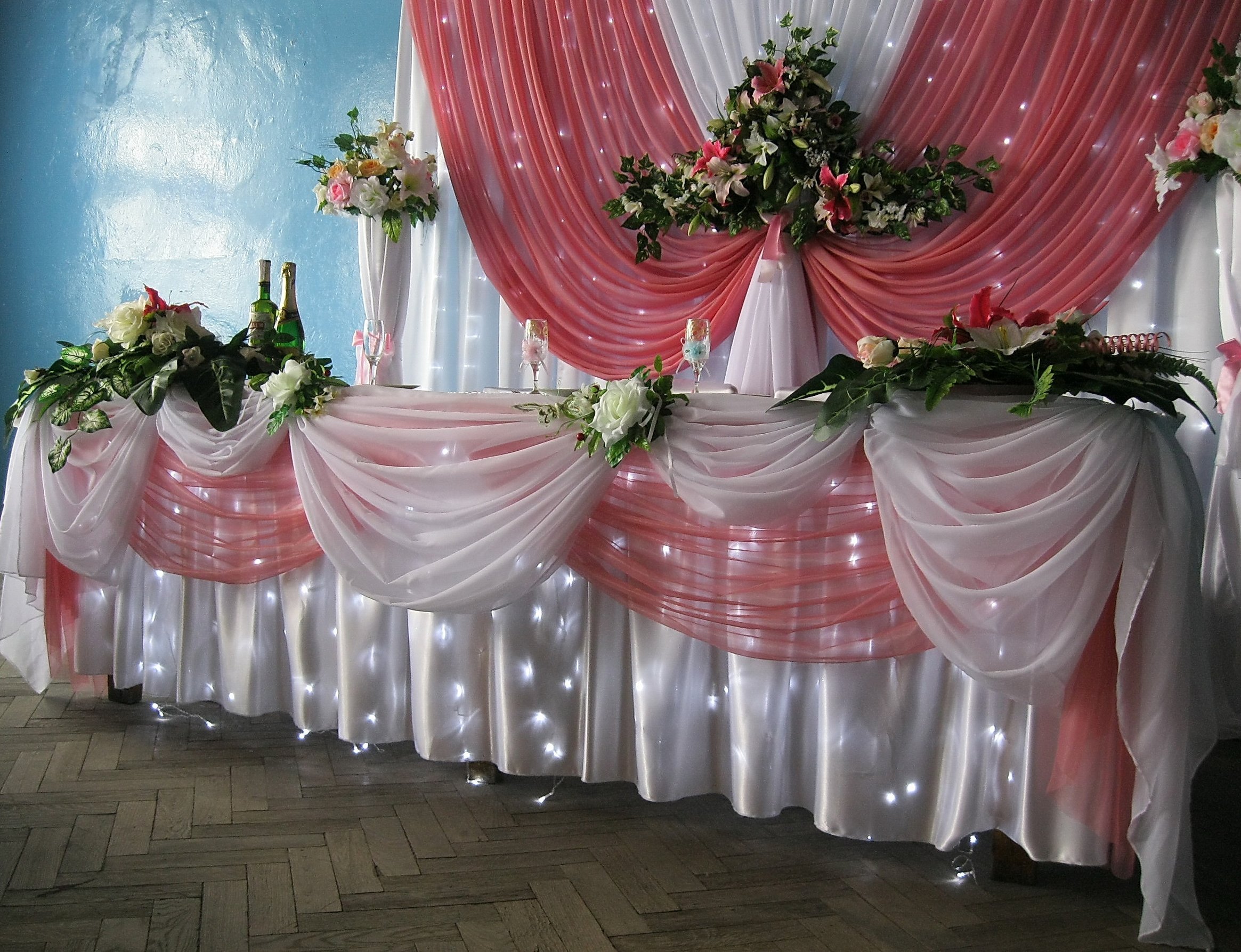
Organza is rightfully considered an amazing material that perfectly combines such qualities as luxury, airiness, lightness and transparency, as well as discreet elegance and rigidity. It carries a sense of mystery and celebration, so it can be used for sewing various clothes, as well as decorating the home and festive events.


